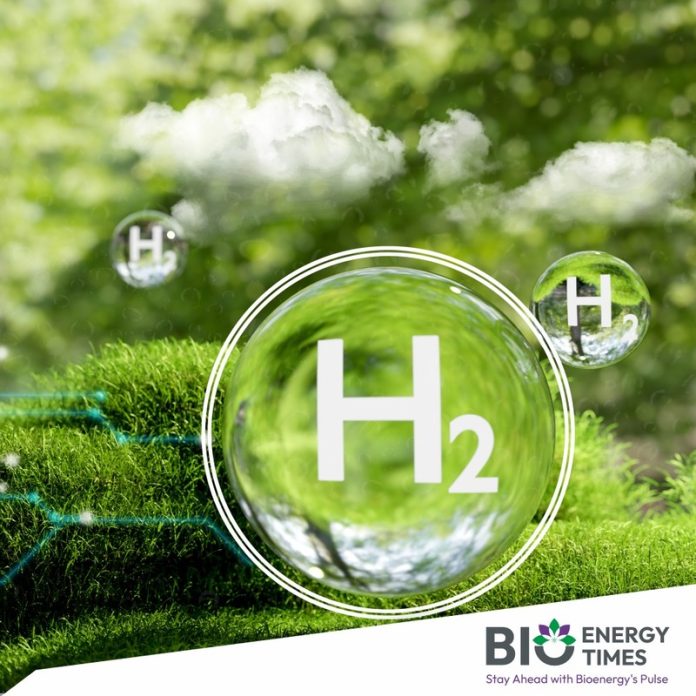Canberra: Researchers at the University of Adelaide in Australia have developed two innovative systems that use urea from human urine and wastewater to produce green hydrogen more affordably and sustainably. These energy-efficient technologies mark a significant shift from conventional hydrogen production methods, which typically rely on high-cost water electrolysis or carbon-intensive fossil fuel extraction, reports Daily Exclesiioir.
Hydrogen is commonly produced by splitting water in a process that demands a large amount of electricity. While fossil fuel-based hydrogen is cheaper, it significantly increases carbon emissions. In contrast, the University of Adelaide’s new systems reduce electricity usage by 20 to 27% by using urea—particularly from urine—as the hydrogen source, according to Zheng Yao, Chief Investigator at the Australian Research Council Center of Excellence for Carbon Science and Innovation (COE-CSI).
The first system features a copper-based catalyst in a membrane-free setup designed to extract hydrogen from pure urea. The second system goes further by utilizing actual human urine. It incorporates a chlorine-mediated oxidation process along with platinum-based catalysts to neutralize chloride ions, which can otherwise damage electrolysis systems.
Both systems effectively sidestep a common issue in current urea-based hydrogen production: the release of harmful nitrates and nitrites. Instead, they emit only harmless nitrogen gas, according to Qiao Shizhang, COE-CSI Deputy Director and Chief Investigator.
Looking ahead, the research team, led by Zheng and Qiao from the university’s School of Chemical Engineering, plans to replace the costly platinum catalysts with more affordable, carbon-supported metal alternatives. This step would further cut costs and advance the viability of sustainable hydrogen production from human and industrial waste sources.
















